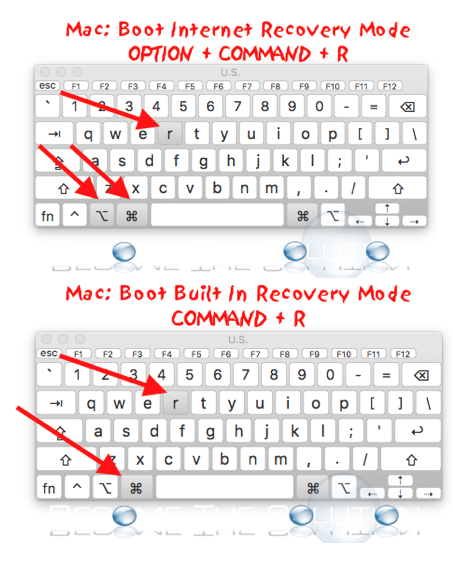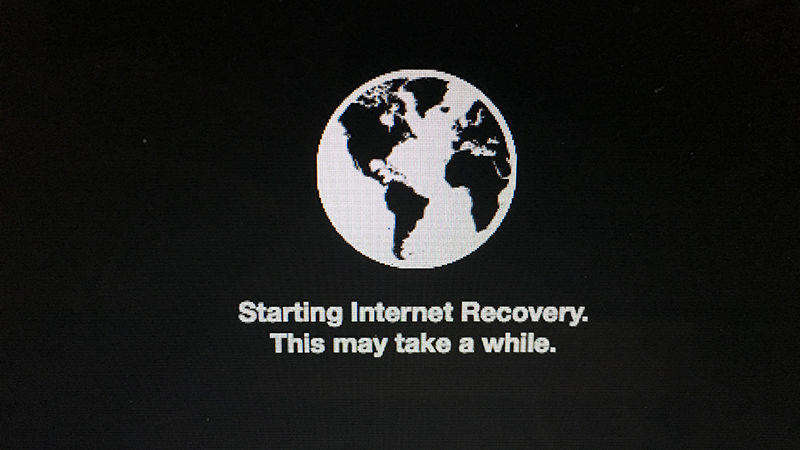

- #Mac internet recovery mode not working install
- #Mac internet recovery mode not working upgrade
- #Mac internet recovery mode not working series
- #Mac internet recovery mode not working free
#Mac internet recovery mode not working upgrade
You need to first upgrade to a minimal macOS version of 10.8 and that would be macOS X Mountain Lion. Once re-installed, you'll quickly want to upgrade to macOS High Sierra.

Once again, you'll need to wait a while while your Mac downloads the installation file from the internet.
#Mac internet recovery mode not working install
I strongly suggest to create an Install account rather than use your normal account name when preforming a fresh install so that when you come to the restoration process, you avoid any compatibility issues with having similar account names. You can follow our guide to install a fresh copy of OS X if you need help. However, I had to do a complete OS X install.
#Mac internet recovery mode not working free
You'll be tempted to try and run a restore from Time Machine and your certainly free to try it out to see if things will automatically start working (and if your APFS volume is intact you may be able to). You'll be happily greeted by a familiar (yet older looking) version of the repair utilities where you can restore from Time Machine, install OS X (not a typo since OS X was the default install on my 2010 Mac), or run Disk Utility (Again useless in my case since APFS was what my internal hard drive had running). You'll now have to wait while your system downloads the recovery utilities from the internet.

The good news is that getting to internet recovery mode is as easy as starting the regular recovery mode except with some extra steps. So I was forced to wipe and install Lion from the internet recovery utility. My disk utilities to repair my drive were now useless. MacOS High Sierra now runs Apple's new file system, aptly named APFS. Therefore, since my MacBook was from late 2010, it provided me tools that would only install and repair disks that work with OS X Lion.

Until we realize that the recovery mode from the internet will query your system and provide a version of the recovery based on when the system was released. What happens if you have no ability to start restoration utilities at boot time? Well, Apple has a built-in system that allows you to perform an internet-based recovery. When that's done, you can restore from Time Machine as needed.
#Mac internet recovery mode not working series
Normally, if you have a modern Mac, an OS repair is a straight forward thing where you can reboot by pressing the Command-R keys at boot time and be presented with a series of tools to help you recover your Mac.įollowing that, you can either re-install (not wiping your personal data), run disk utilities to repair a hard drive (my intention), or wipe your hard disk completely and do a fresh install. Just because you have your data ready on a remote disk to be restored, doesn't mean you have a computer ready for you to restore to. In my previous life as a network and system administrator, I learned (the hard way) that backing up data is only part of the data protection process. The recovery process is more involved than simply restoring from Time Machine. If you have an older Mac and you perform Time Machine (or other) backups, sometimes that diligence might not be enough to get your system back up and running to an expected working state. I managed to successfully install GNU/Linux along side my macOS High Sierra installation however, when I went back to reclaim the disk space used by GNU/Linux for my macOS install running APFS, I was met with a failed boot screen. And in my fiddling I managed to completely FUBAR my beloved and venerable 2010 MacBook Air.


 0 kommentar(er)
0 kommentar(er)
